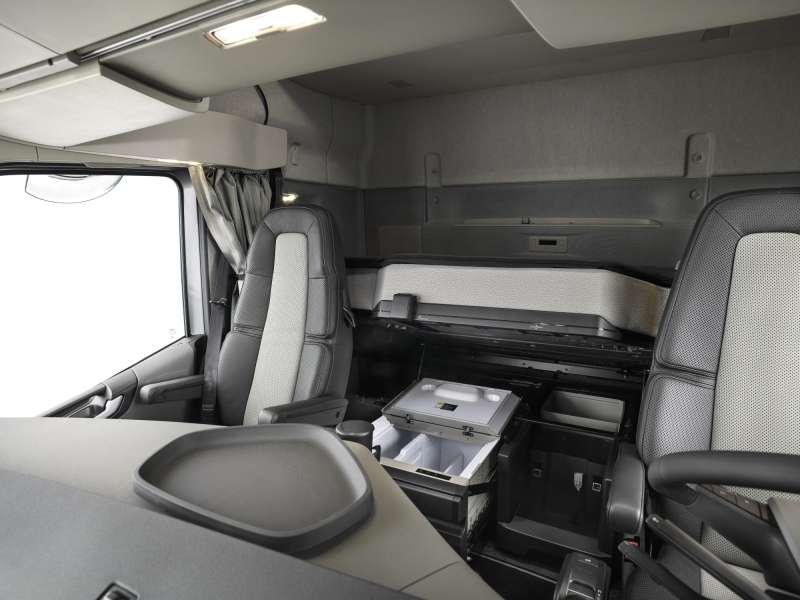
Day cab trucks are the specific type of heavy-duty automobiles specially used for day travel. The drivers do not need rest because of the consecutive duty hours. You can sleep in them by modifying the seats and making them comfortable.
How do you sleep in a day cab truck?
Many drivers think sleeping in these heavy-duty day cab trucks is challenging because there is no extra unit behind them.
However, you can make it comfortable by adding different accessories to their seats, so you can spend a night there in a difficult situation.
You should read: The Green Future of Trucks
1. Use air mattress
You can keep the air mattresses with you while driving them because you are not aware of the duty charts that the companies design. The air mattresses are made of plastic material and contain an opening for filling gas. You can fill the gas in them and put them on the front seats to take a rest.
2. Carpet padding foams
The carpet padding foams are made up of foamy and comfortable fabric. The thickness of these foaming pads is also less than the standard mattress in our homes. These are beneficial to use because you can fold them and put them in the interior cabin. In addition, these are foldable and take less space for their placement.
3. Keep pillows and throw blankets
The pillows and throw blankets are used to increase the comfort level of the firm and hard seats. In addition, many drivers also place them in daytime cabs to make the seats comfortable
4. Extend the day cab
The day cab truck conversion kit is available in the market to extend the space in these trucks. However, many truckers who only use their fleets for short deliveries do not prefer this option.
5. Try hammock
The hammock is used for sleeping and swinging purpose. It is made up of need and fabric material containing the rope at both ends for their attachment to a specific point. It is beneficial to use because of its comfortable and soft fabric. Moreover, tall drivers can also use them for resting purposes.
6. Sleeper boards
These boards are the most commonly used for napping in the day cab trucks. Sleeper boards are made up of plywood material upholstered with thin foam. You can directly place them on the seats and take a short nap of 1 to 2 hours on them. You can also make sleeper boards at your home.
To get more information about us, follow us on Facebook and Instagram. Or call us right now for a road service on: repairtrucktrailer.com



